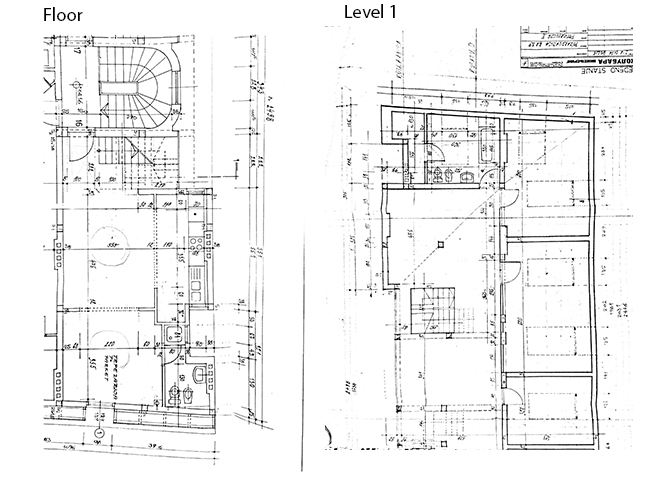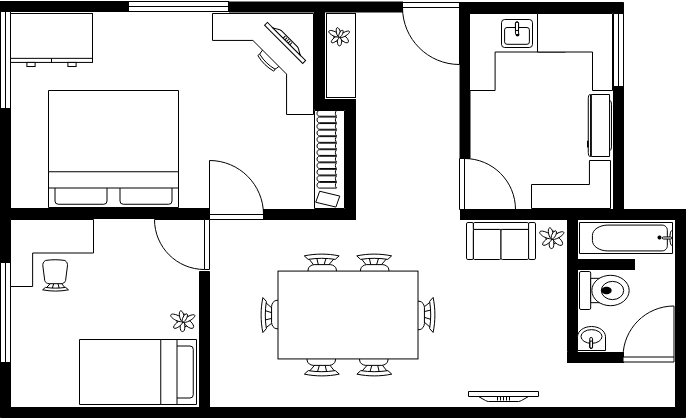Many older homes contain materials with asbestos, a once-popular building component known for its durability and heat resistance. While asbestos is generally safe when undisturbed, its fibers can become a serious health hazard if released into the air. For homeowners, understanding how to identify and safely address asbestos is crucial to maintaining a healthy living environment.
What Is Asbestos and Why Was It Used?
Asbestos was commonly used in residential construction materials from the early 20th century until the 1980s. Its heat resistance, strength, and insulating properties made it an ideal choice for applications such as:
- Insulation in attics, walls, and pipes
- Vinyl floor tiles and adhesives
- Roofing shingles and siding
- Textured paints and popcorn ceilings
Despite its practicality, the discovery of its severe health risks, including asbestosis, lung cancer, and mesothelioma, led to widespread bans and strict regulations.
Where Asbestos Hides in Older Homes
If your home was built before 1980, there’s a chance asbestos is present. Key areas to check include:
- Attic Insulation: Materials like vermiculite insulation often contained asbestos.
- Ceilings: Popcorn ceilings and textured coatings may harbor asbestos fibers.
- Flooring: Vinyl tiles, sheet flooring, and adhesives are common culprits.
- Walls and Drywall: Asbestos was often added to joint compounds and wallboards.
- Pipes: Older pipe insulation and gaskets might contain asbestos.
The Importance of Asbestos Inspection
Before starting renovations or demolitions, an asbestos inspection is essential. Hiring a licensed asbestos inspector ensures any potential hazards are identified before work begins. Inspectors take samples from suspected materials and analyze them in a lab to determine if asbestos is present.
Why Is Professional Inspection Important?
- Safety: Professionals follow strict protocols to avoid disturbing asbestos fibers.
- Compliance: Many local regulations require inspections before remodeling older homes.
- Peace of Mind: Knowing the extent of asbestos in your home allows for informed decisions.
How to Address Asbestos in Your Home
If an inspection reveals asbestos, the next steps depend on the condition of the material:
- Leave It Undisturbed: Asbestos is often harmless if sealed and undisturbed.
- Encapsulation: Professionals can apply a sealant to contain the fibers.
- Removal: If the material is damaged or renovation requires its disturbance, licensed asbestos abatement professionals should handle the removal process.
What Not to Do:
- Never attempt to remove or repair asbestos yourself.
- Avoid drilling, sanding, or cutting materials suspected of containing asbestos.
Health Risks of Asbestos Exposure
Prolonged exposure to airborne asbestos fibers can cause serious illnesses, often manifesting decades later. Common health issues include:
- Mesothelioma: A rare cancer affecting the lungs or abdomen.
- Asbestosis: A chronic lung condition caused by scarring from asbestos fibers.
- Lung Cancer: Increased risk with higher exposure levels.
If you suspect exposure, consult a medical professional for an evaluation.
Owning an older home can come with unique challenges, including the potential presence of asbestos. By scheduling inspections and working with licensed professionals to manage or remove it, you can safeguard your family’s health and enjoy the charm of your vintage home with confidence.
Proactive measures, informed decisions, and expert help make all the difference in keeping your home safe and asbestos-free.










Comment (0)